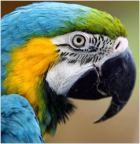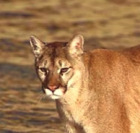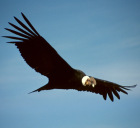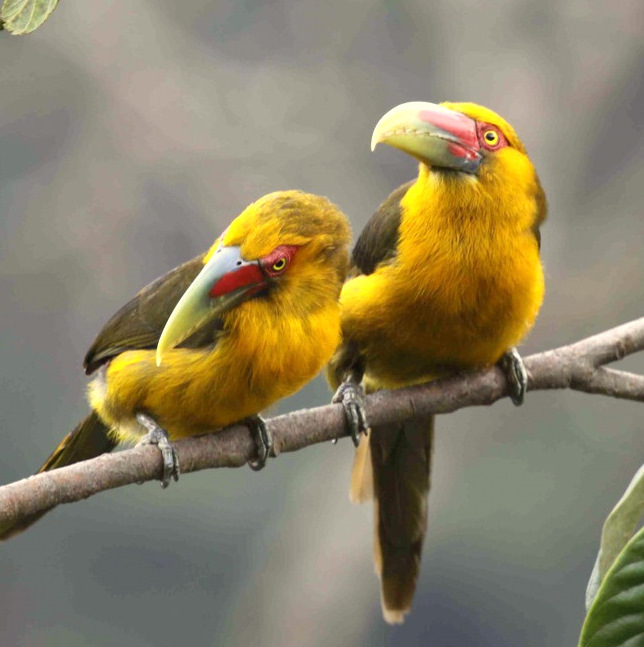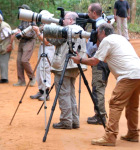PANTANAL & CHAPADA DOS GUIMARÃES: Wetlands, Waterfalls & Wildlife
Located on Brazil's border with Bolivia, the Pantanal is an ever-changing celebration of life. Its sheer size, around 55,000 square miles, makes it the largest wetland in the world, challenged only by the Okavango Swamp in Botswana. Located in the middle of the continent on the border of Bolivia, the lowland plains are characterized by pronounced wet and dry seasons. Habitats range from semi-deciduous and evergreen forests to palm woodlands and true pantanal (seasonally flooded grasslands with scattered clumps of cerrado scrub on elevated patches of land). An enormous number of lakes and rivers dot and cross the region, constantly cleansing and renewing the wetlands.
The Pantanal is considered the easiest place to see a wide variety of tropical animals on the South American continent. Wide open areas facilitate the spotting of animals such as the rare Marsh Deer, Giant Anteater, Capybara, Black-and-Gold Howler, Yellow Anaconda and Jaguar. While this impressive cat occurs over a wide range, the Pantanal is the only place where one has a reasonable chance of seeing a Jaguar. In fact, we have seen at least one Jaguar on around 25% of our tours here over the last seven years. Here, the giant subspecies, Onca panthera palustris, dwarfs its Amazonian form. Weighing over 135 kg (300 lbs.), a paw print in the dirt can be 18cm (5") in diameter. Its head is larger than a basketball.
While the mammals are impressive, it is the amazing abundance of birds that gives the Pantanal its fame. It is a destination of three major South American migratory routes. The shrinking of vast flooded areas in the beginning of the dry season concentrates fish for waders such as Jabiru, Maguari and Wood Storks, Great and Snowy Egrets, numerous herons, five species of ibis and Roseate Spoonbills. Four species of kingfishers, Snail Kite, Black-collared and Roadside Hawks and several other raptor species, many parrots, parakeets and macaws and an array of other interesting birds make this a favorite destination for bird watchers the world over. Some of the specialties we'll look for include Hyacinth Macaw, Nanday Parakeet, Yellow-billed Cardinal, Long-tailed Ground-Dove, Buff-bellied Hermit, Guilded Hummingbird, Great Rufous Woodcreeper, Toco Toucan, Plumbeous Ibis, Rusty-fronted Tody-Flycatcher, Unicolored and Scarlet-headed Blackbirds, Chaco Chachalaca, Bare-faced Curassow, Rufous Cachalote, Mato Grosso Antbird and many, many others. The ease with which the birds can be seen is equally a bonus for the experienced birder and first time nature tour participant.
The cliffs and strange rock formations of the Chapada present a distinctly different habitat from the others on this tour. Chapada National Park sits at the division of the Amazonia and Parana River basins on the western edge of the Cerrado grasslands of the Planalto Central. Clear water rivers and rich gallery cut seemingly endless grasslands forests. Where the red soils turn to sand, strange, twisted trees and scrub undergrowth create another habitat. Nearly 90% of the species of the Cerrado are found in the gallery forests, and here the species represent Amazonia as well as the Planalto Central. Recent tours have seen Bare-ear Marmoset, Puma and Giant River Otter, but the most memorable aspects may be the scenic canyons with rich tropical forest and screaming macaws. Bird specialties here include Stripe-tailed Yellow-Finch, White-rumped and White-banded Tanagers, Coal-crested Finch, Helmeted and Band-tailed Manakins, Dot-eared Coquette, Cinnamon-throated Hermit, Blue-winged and Red-shouldered and Red-and Green Macaws, King Vulture and others.
This is our most popular tour destination, and we have several offerings each year. If you have to choose just one place to tour in Brazil, this may well be it.

